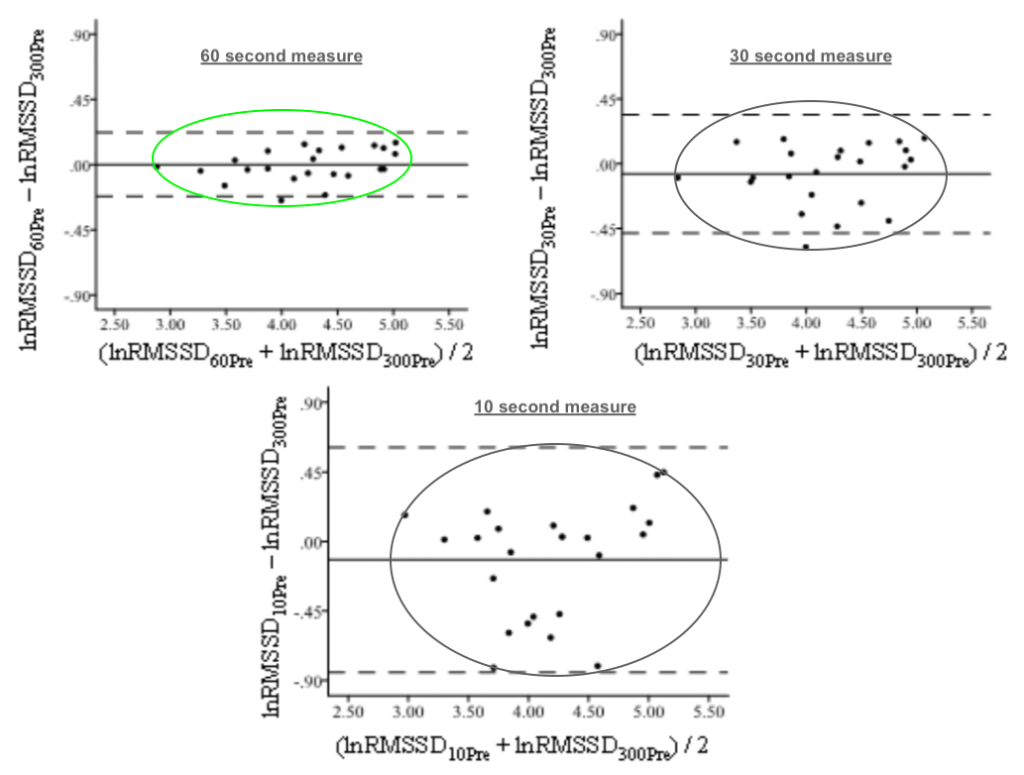There are many great reasons to choose ithlete, so many that we’ve written a blog series looking at why we do things the way we do. Follow the series to learn more about the type and length of measurement, how breathing influences your HRV and much more. In this post ithlete founder Simon Wegerif tells us how he set about finding a convenient and accurate measure of HRV.
Convenience is key
When inventing ithlete back in 2009, my background in consumer electronic products made me acutely aware that if someone is going to do a test every day, it had better use the minimum amount of precious time from their morning routine.
I set a target of no more than 60 seconds for the measure, but I didn’t know whether it was possible, because the shortest HRV tests performed at that time were 5 mins long. I had previously been a signal processing developer at the BBC’s research department so wasn’t daunted by the challenge.
I decided to look through the (long) list of possible heart rate variability (HRV) parameters for one that might have properties that would enable it to get sufficiently reliable measures in less than a minute. I homed in on a measure called RMSSD, which is a time domain measure that analyses the differences between successive heartbeat intervals. This makes it more sensitive to the breathing driven High Frequency HRV, important because that contains information about the parasympathetic (rest and digest) branch of the nervous system which can tell us about our state of recovery. Being driven by breathing, it made sense to control breathing using a pacer animation, and calculations showed that 7 long breath cycles was sufficient. (More on paced breathing here).
Supported by research
The validity of such a short measure was doubted by many researchers. That was until it was independently validated in the Journal of Sports Science and Medicine (2014). Dr Flatt and Dr Esco carried out this study by taking 10, 30 and 60 second segments out of a 5-minute measure and seeing how well the very short measures agreed with the whole 5 mins.
As you can see from the 3 charts below, at 60 seconds the measurement values are clustered much closer to the black line, which shows the 5 minute measurement. This demonstrates significantly closer agreement than 10 and 30 second measurements.
Other studies since have confirmed this, and the one minute measure is now widely accepted as a practical way to collect HRV in daily life.


In reading about HRV measurement with different sensors and apps, it seems that there is considerable difference from one to another. Is there an explanation why the rMSSD levels for ithlete users appear so much higher than for Elite HRV or HRV4Training according to a table on the Elite HRV website: https://elitehrv.com/normal-heart-rate-variability-age-gender ? Thank you.
Hi Bob
Thanks for the comment. As you may know, ithlete was the first HRV app, and we created a formula to make the somewhat unfriendly raw rMSSD number easier to interpret and to do maths with.
This is explained here https://www.myithlete.com/ithlete/scientific-foundation/ and there is also a link to an article by HRV researcher Dr Andrew Flatt explaining the science behind it.
As far as normal values for age are concerned, this article has a nice chart https://www.myithlete.com/blog-heart-rate-variability-long-life-whats-connection/
Hope this helps!
Simon